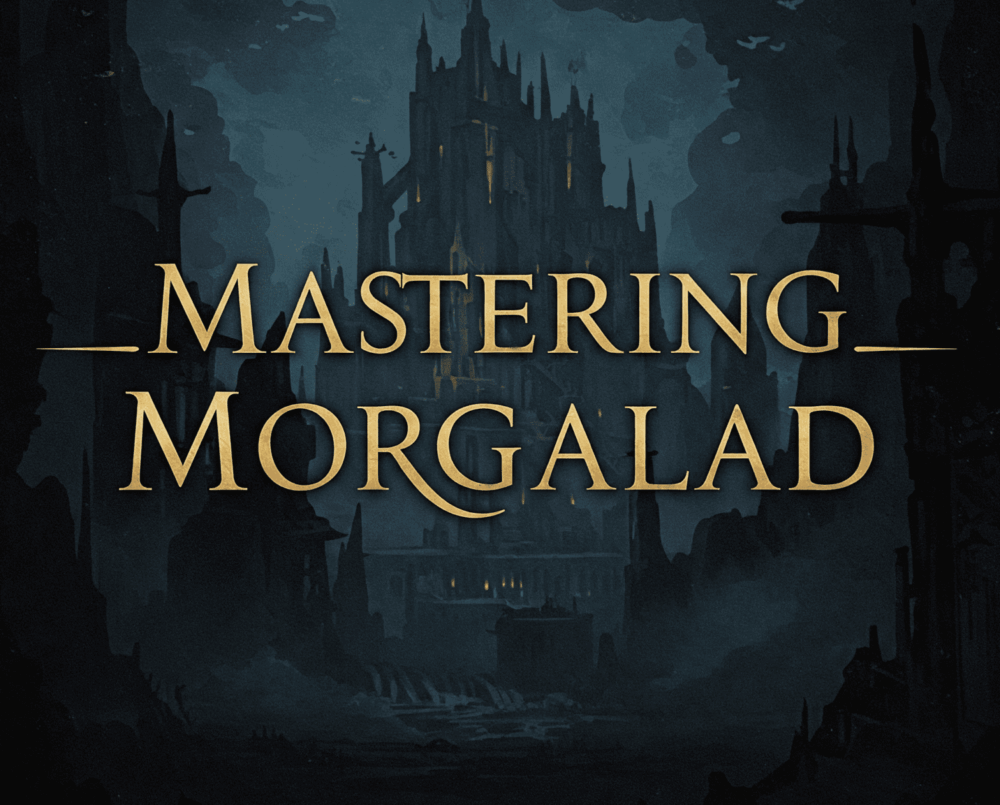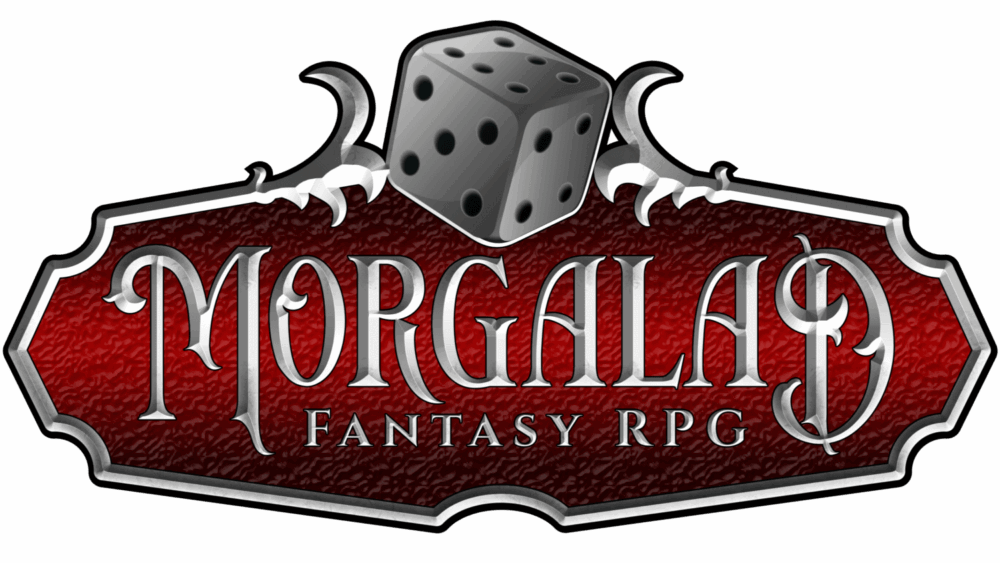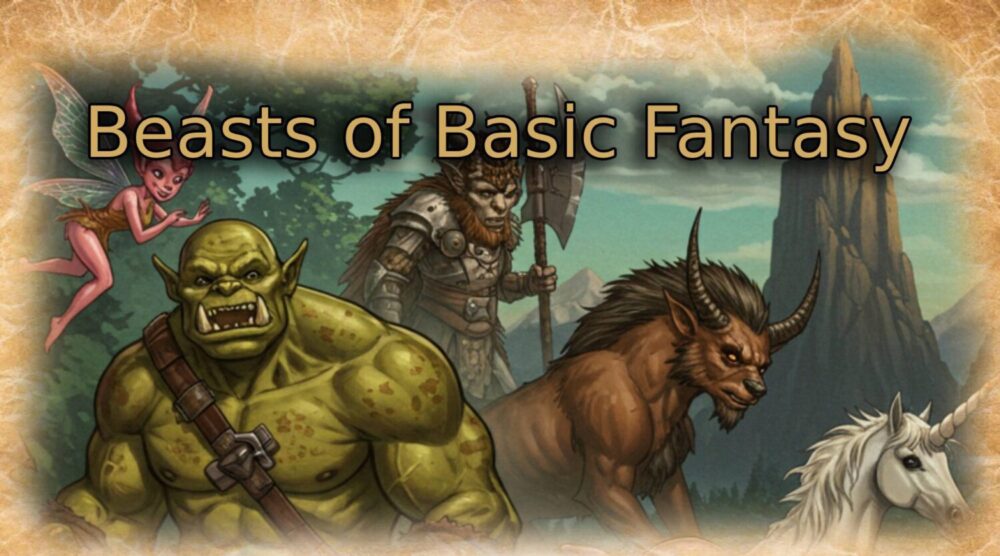Gearing Up: A Guide to Equipment in Morgalad
Welcome back to “Mastering Morgalad”! In this sixth article of our series, we’re equipping players with the knowledge they need to make informed decisions about equipment in the Morgalad Fantasy TTRPG. Selecting the right equipment is essential for survival and success in the game world.
The Importance of Equipment
After determining your character’s attributes, species, and profession, the next crucial step in character creation is selecting equipment. Equipment can greatly enhance a character’s abilities, offering bonuses to attacks, defenses, and other essential stats.
Starting Currency
Each character begins their adventure with a specific amount of currency to purchase equipment. The starting currency is determined by the formula:
[(4d6 + Allure) x 10 Gold Coins]
This means a character’s Allure stat directly impacts their starting wealth.
Purchasing Equipment
Chapter 5 of the “Morgalad Fantasy RPG Revised” is dedicated to equipment. Players can spend their starting currency to acquire weapons, armor, adventuring gear, and other items necessary for their adventures.
Types of Equipment
- Weapons: Weapons are essential for combat. The source lists a variety of weapon types, such as shortswords, longswords, greatswords, rapiers, battle axes, warhammers, short bows, longbows, and maces. There are also ranged weapon options like throwing stars, caltrops, and throwing knives.
- Armor: Armor provides protection against attacks.
- Adventuring Gear: Adventuring gear includes items that are useful for exploration and survival. Examples of such gear includes torches, whetstones, wineskins, dried food, and compasses.
Weapon Material
The material a weapon is made from affects its properties. Weapons can be made from bronze, iron, steel, blue metal, black metal, or adamantine.
Upgrading Equipment
The “Morgalad Fantasy RPG Revised” includes options for upgrading weapons to improve their effectiveness. Upgrades include:
- Improved Attack: Adds a +1 bonus to attack rolls.
- Improved Damage: Adds a +1 bonus to damage rolls.
- Focused Attack: Grants an extra attack roll per round with the weapon.
If an upgrade is applied to a bronze weapon, all weapons of the same type made of better materials also gain the bonus. The reverse is not true.
Other Equipment Considerations
- Carrying Capacity: A character’s Power attribute determines how much they can carry.
- Significant Loss of Inventory: The significant loss of inventory is any loss exceeding 50 gold coins in value. Purchasing equipment does not count as a significant loss of inventory.
Crafting Equipment
Characters with the Smithing ability can craft their own weapons and armor from various materials. The Smithing ability has different levels for different materials, such as bronze, iron, and steel. Each recipe must be purchased to craft an item.
Characters with the Woodcrafting ability can craft wooden items.
Store Name Tables
When stocking a town with stores, the source provides tables for quickly generating store names.
Magickal Items
Magickal items can be found as treasure. Examples of magickal items include a Stone Cloak, Gauntlet of Hope, Obsidian Dagger, Shield of Honor, Woodman’s Axe, and Crystal Longsword.
Making the Choice
When selecting equipment, consider these points:
- What is your character’s profession and fighting style?
- What is your character’s Power score and carrying capacity?
- How does this equipment synergize with your character’s abilities and upgrades?
- Does the equipment align with your character’s background and personality?
Conclusion
Selecting the right equipment is crucial for any adventurer. By understanding the available options and how they interact with your character’s abilities, you can ensure they are well-prepared for any challenge. In our next article, we’ll delve into Non-Player Characters!



